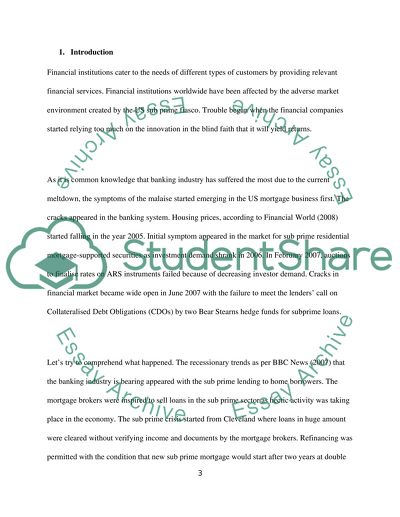Cite this document
(“Role of securitization and structured finance products in the recent Essay”, n.d.)
Retrieved from https://studentshare.org/finance-accounting/1429258-role-of-securitization-and-structured-finance-products-in-the-recent-banking-and-financial-crisis
Retrieved from https://studentshare.org/finance-accounting/1429258-role-of-securitization-and-structured-finance-products-in-the-recent-banking-and-financial-crisis
(Role of Securitization and Structured Finance Products in the Recent Essay)
https://studentshare.org/finance-accounting/1429258-role-of-securitization-and-structured-finance-products-in-the-recent-banking-and-financial-crisis.
https://studentshare.org/finance-accounting/1429258-role-of-securitization-and-structured-finance-products-in-the-recent-banking-and-financial-crisis.
“Role of Securitization and Structured Finance Products in the Recent Essay”, n.d. https://studentshare.org/finance-accounting/1429258-role-of-securitization-and-structured-finance-products-in-the-recent-banking-and-financial-crisis.


